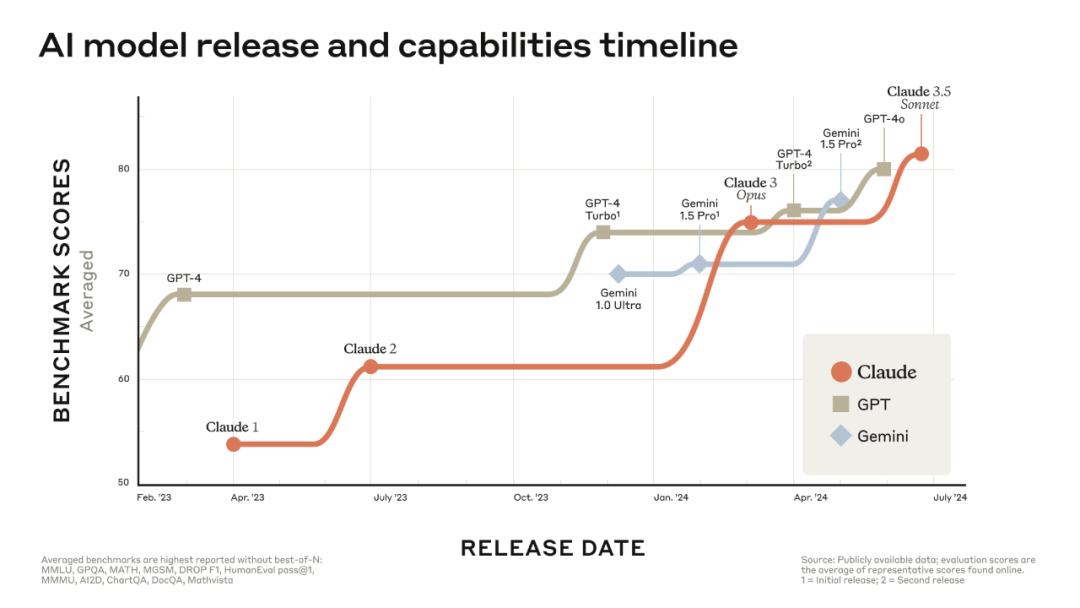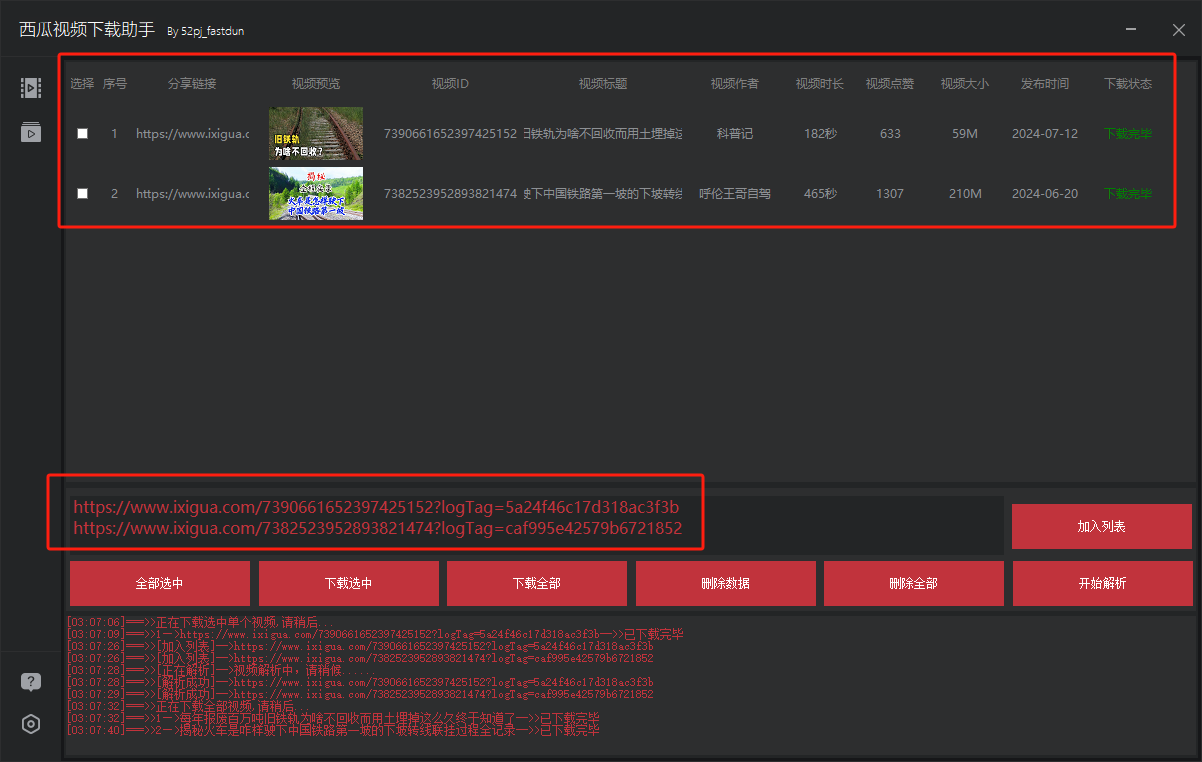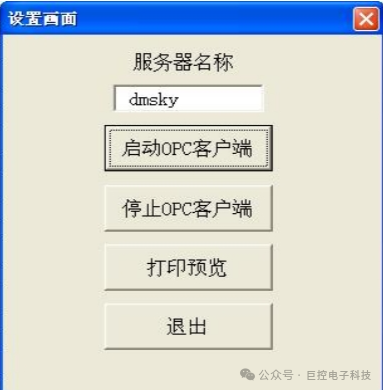在爬虫技术中,解析和提取网页数据是核心部分。HTML 和 CSS 选择器被广泛用于定位网页中的特定元素。下面将详细介绍这些选择器如何在 Python 中使用,特别是在使用像 Beautiful Soup 或 Scrapy 这样的库时。

HTML 选择器
HTML 选择器基于 HTML 元素的属性来定位和选择页面上的元素。以下是一些常见的 HTML 选择器类型:
-
标签选择器:
soup.find_all('div')将返回页面上所有的<div>标签。
-
类选择器:
soup.find_all(class_='classname')可以找到所有 class 属性为classname的元素。
-
ID 选择器:
soup.find(id='uniqueid')可以找到 ID 为uniqueid的元素。
-
属性选择器:
soup.find_all(attrs={'data-type': 'value'})可以找到具有指定属性和值的所有元素。
-
组合选择器:
soup.select('div p')使用 CSS 选择器语法来查找所有位于<div>内部的<p>标签。
CSS 选择器
CSS 选择器提供了更复杂的选择能力,它们可以基于元素的关系、位置和状态来选择元素。以下是 CSS 选择器的一些示例:
-
子选择器:
#parent > .child只选择直接作为 #parent 子元素的 child 类元素。
-
后代选择器:
.container .item选择所有在.container类内的.item类元素,无论嵌套多深。
-
相邻兄弟选择器:
h1 + p选择紧跟在 h1 元素后的 p 元素。
-
一般兄弟选择器:
h1 ~ p选择同级的 h1 元素之后的所有 p 元素。
-
伪类选择器:
a:hover选择鼠标悬停状态下的链接。
在 Python 中,Beautiful Soup 库使用 .select() 方法来解析 CSS 选择器,而 Scrapy 提供了 .css() 方法来实现类似功能。
示例代码
使用 Beautiful Soup:
from bs4 import BeautifulSoup
import requests
response = requests.get('http://example.com')
soup = BeautifulSoup(response.text, 'html.parser')
# 使用标签选择器
divs = soup.find_all('div')
# 使用类选择器
classname_elements = soup.find_all(class_='classname')
# 使用 CSS 选择器
container_items = soup.select('.container .item')
使用 Scrapy:
import scrapy
class MySpider(scrapy.Spider):
name = 'myspider'
start_urls = ['http://example.com']
def parse(self, response):
divs = response.css('div')
classname_elements = response.css('.classname')
container_items = response.css('.container .item')
以上就是使用 HTML 和 CSS 选择器在 Python 爬虫中抓取数据的基本方法。根据实际需求,你可以结合多种选择器来精确地定位和提取所需信息。
当然,让我们通过一些具体的例子来更深入地探讨如何在Python中使用Beautiful Soup和Scrapy结合HTML和CSS选择器来提取网页数据。
使用 Beautiful Soup 的例子
假设我们要从一个网站上抓取所有文章标题和作者信息,我们可以这样做:
from bs4 import BeautifulSoup
import requests
def fetch_data(url):
response = requests.get(url)
soup = BeautifulSoup(response.text, 'html.parser')
# 假设标题在 <h2> 标签内,并且有 class "title"
titles = [tag.text for tag in soup.find_all('h2', class_='title')]
# 假设作者信息在 <span> 标签内,并且有 class "author"
authors = [tag.text for tag in soup.find_all('span', class_='author')]
return titles, authors
url = 'http://example.com/articles'
titles, authors = fetch_data(url)
print("Titles:", titles)
print("Authors:", authors)
使用 Scrapy 的例子
Scrapy 是一个更强大的框架,它允许异步请求和更复杂的爬虫逻辑。以下是一个简单的Scrapy爬虫的例子:
import scrapy
class ArticleSpider(scrapy.Spider):
name = 'article_spider'
start_urls = ['http://example.com/articles']
def parse(self, response):
# 使用 CSS 选择器来获取文章标题
titles = response.css('h2.title::text').getall()
# 获取作者信息
authors = response.css('span.author::text').getall()
# 遍历每一篇文章
for title, author in zip(titles, authors):
yield {
'title': title,
'author': author
}
为了运行这个Scrapy爬虫,你需要在你的项目目录下创建一个与你的爬虫名称匹配的文件夹(例如 article_spider),并在其中创建一个 spiders 文件夹。然后在 spiders 文件夹里创建一个以你的爬虫名字命名的.py文件(例如 article_spider.py),并把上面的代码放进去。
处理分页和更复杂的数据结构
如果网站有分页,你可能需要在Scrapy中使用回调函数来处理每个页面。例如:
class ArticleSpider(scrapy.Spider):
name = 'article_spider'
start_urls = ['http://example.com/articles/page/1']
def parse(self, response):
# ... 提取文章标题和作者的代码 ...
# 获取下一页的链接
next_page = response.css('a.next-page::attr(href)').get()
if next_page is not None:
yield response.follow(next_page, self.parse)
在这个例子中,response.follow 方法会发送一个新的请求到 next_page URL,并调用 self.parse 函数处理响应。
以上就是使用Beautiful Soup和Scrapy结合HTML和CSS选择器进行数据抓取的基本示例。在实际应用中,你可能需要根据目标网站的具体HTML结构调整选择器。
在之前的代码基础上,我们可以进一步扩展功能,比如处理异常、增加日志记录以及优化数据存储。下面的示例将展示如何在 Beautiful Soup 和 Scrapy 中实现这些功能:
使用 Beautiful Soup 添加异常处理和日志记录
import logging
import requests
from bs4 import BeautifulSoup
logging.basicConfig(level=logging.INFO)
def fetch_data(url):
try:
response = requests.get(url)
response.raise_for_status() # Raises an HTTPError if the HTTP request returned an unsuccessful status code
soup = BeautifulSoup(response.text, 'html.parser')
titles = [tag.text for tag in soup.find_all('h2', class_='title')]
authors = [tag.text for tag in soup.find_all('span', class_='author')]
logging.info(f"Fetched {len(titles)} articles from {url}")
return titles, authors
except requests.exceptions.RequestException as e:
logging.error(f"Error fetching data from {url}: {e}")
return [], []
url = 'http://example.com/articles'
titles, authors = fetch_data(url)
if titles and authors:
print("Titles:", titles)
print("Authors:", authors)
else:
logging.warning("No data fetched.")
在 Scrapy 中添加数据存储到 CSV 文件
在 Scrapy 中,你可以使用内置的 FeedExporter 来保存数据到不同的格式,如 JSON 或 CSV。以下是如何设置 Scrapy 项目以保存数据到 CSV 文件:
- 在你的 Scrapy 项目的 settings.py 文件中,添加以下配置:
FEEDS = {
'articles.csv': {'format': 'csv'},
}
这将告诉 Scrapy 把输出保存到名为 articles.csv 的 CSV 文件中。
- 确保你的爬虫代码正确生成字典,并在
yield中返回:
class ArticleSpider(scrapy.Spider):
name = 'article_spider'
start_urls = ['http://example.com/articles']
def parse(self, response):
titles = response.css('h2.title::text').getall()
authors = response.css('span.author::text').getall()
for title, author in zip(titles, authors):
yield {
'title': title,
'author': author
}
- 当你运行 Scrapy 爬虫时,它将自动将数据写入
articles.csv文件。
处理更复杂的数据结构
如果数据结构非常复杂,可能需要多次解析或使用递归。例如,如果文章的详细信息在另一个页面上,你可以使用 Scrapy 的 follow 方法来访问和解析详情页面:
class ArticleSpider(scrapy.Spider):
name = 'article_spider'
start_urls = ['http://example.com/articles']
def parse(self, response):
article_links = response.css('a.article-link::attr(href)').getall()
for link in article_links:
yield response.follow(link, self.parse_article)
def parse_article(self, response):
title = response.css('h1.article-title::text').get()
content = response.css('div.article-content *::text').getall()
yield {
'title': title,
'content': content
}
这样,你就可以更全面地处理和存储网络上的数据了。



















